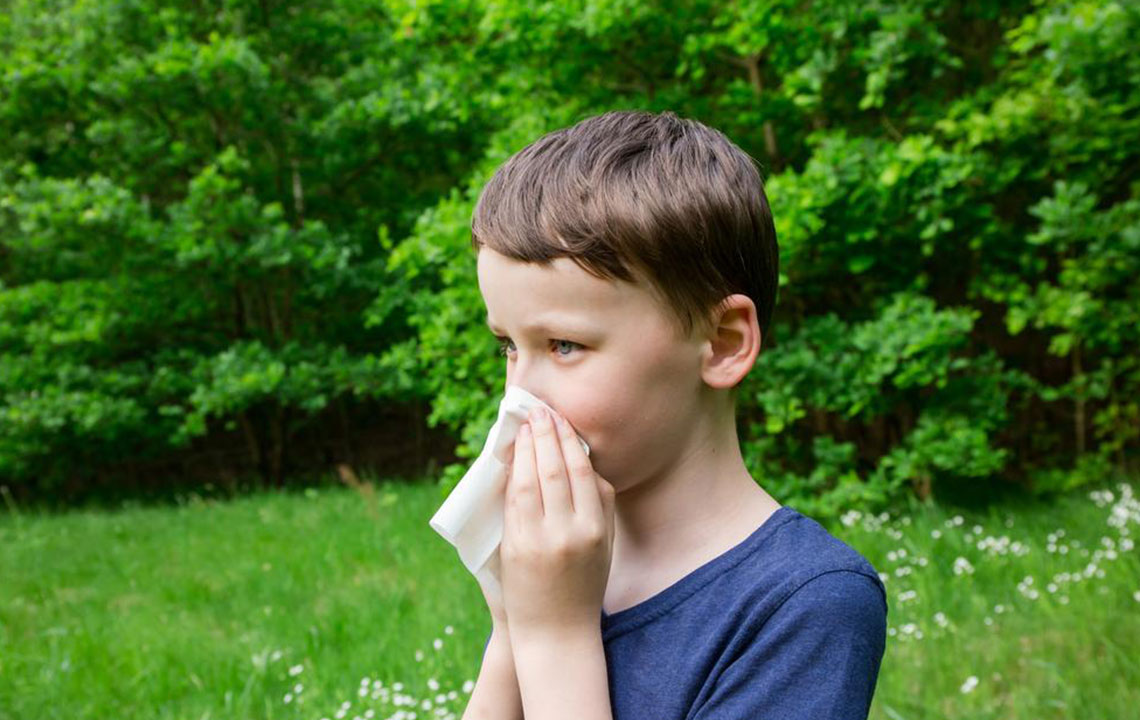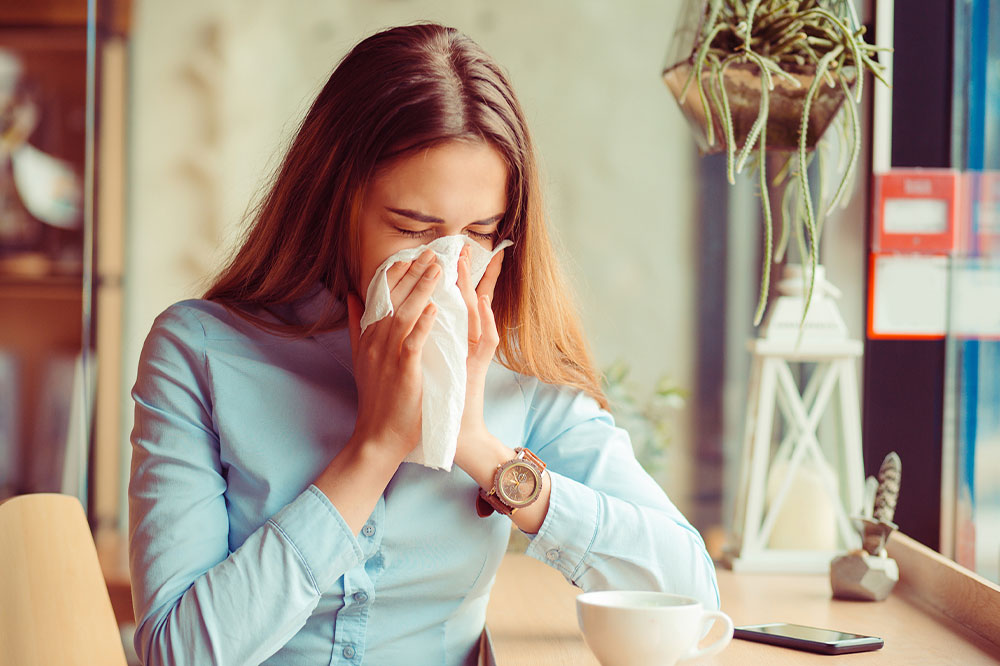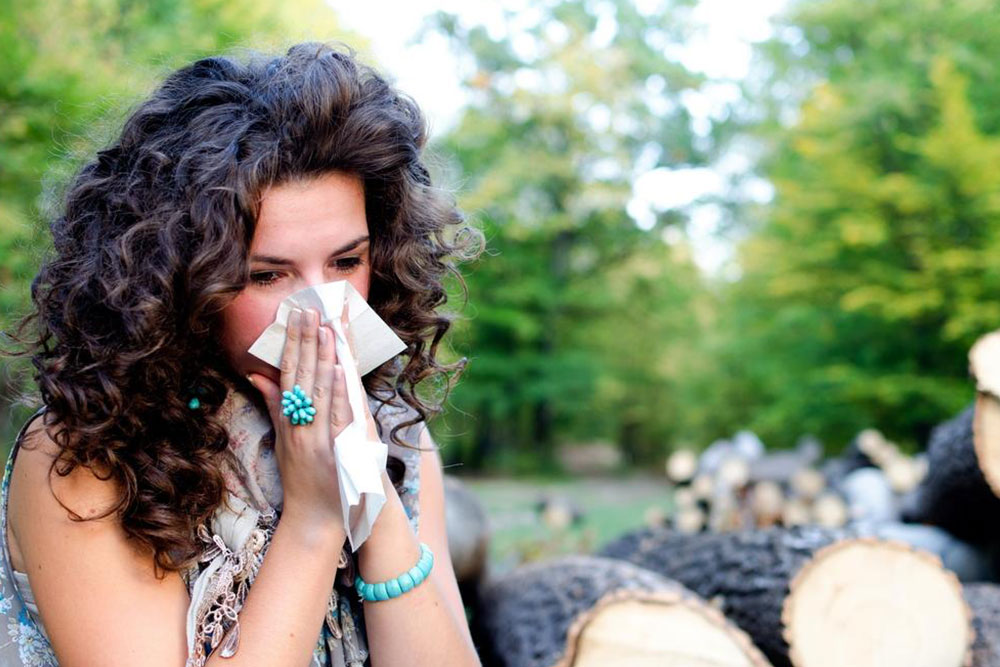Comprehensive Guide to Common Allergic Reactions and Their Symptoms
This comprehensive guide explores common allergic reactions, including food allergies, hay fever, dust sensitivity, and allergies to pets and medications. It details symptoms, triggers, and management tips to help individuals recognize and better handle their allergies, improving quality of life and health safety.

Understanding Different Types of Allergies and Their Signs
Allergies affect millions worldwide, and understanding their types and symptoms is crucial for proper management. Over 50 million Americans suffer from diverse allergic reactions caused by a variety of substances in the environment, food, or materials they come into contact with. These allergic reactions can range from mild irritations to life-threatening conditions if not identified and treated promptly. This comprehensive guide explores the most common allergy types, their typical symptoms, and ways to recognize and manage them effectively.
Food Allergies
Food allergies are among the most common allergic reactions, affecting a significant portion of the population. According to the Centers for Disease Control and Prevention (CDC), over 6% of children and approximately 4% of adults in the United States have food allergies. While many food allergies develop in childhood, adults can also develop new food sensitivities at any age. The primary allergen groups responsible for most food allergies include soy, wheat, shellfish, fish, tree nuts, peanuts, milk, and eggs. These eight allergen groups account for about 90% of all food allergy cases, as detailed by the American College of Allergy, Asthma, and Immunology (ACAAI).
The symptoms of food allergies can be immediate or delayed and may vary greatly from person to person. Typical signs include gastrointestinal issues like stomach cramps, vomiting, and diarrhea. Other common reactions involve skin manifestations, such as hives, redness, or swelling. In more severe cases, individuals may experience dizziness, pale or bluish skin, weak pulse, swelling of the tongue, which can impair breathing or speech, and even progress to anaphylaxis—a rapid, life-threatening allergic response. Anaphylaxis often manifests with symptoms such as throat tightness, shortness of breath, wheezing, and loss of consciousness. Reactions may occur simultaneously in multiple body systems, emphasizing the importance of prompt recognition and treatment.
Hay Fever (Allergic Rhinitis)
This allergy affects about 50 million Americans and is characterized by symptoms similar to the common cold but caused by allergic reactions to environmental triggers. It results in nasal congestion, runny nose, sneezing, and irritation of the skin, eyes, and mouth even without direct contact with hay or pollen. Hay fever occurs when the immune system overreacts to outdoor allergens such as pollen from trees, grasses, weeds, mold spores, pet dander, and dust mites.
Individuals with allergic rhinitis often experience fatigue, watery and itchy eyes, nasal congestion, and sneezing fits. Some may also complain of itchy or sore throat, ear congestion, or post-nasal drip. Although it is not life-threatening, hay fever significantly impacts daily life and quality of living. Managing symptoms often involves avoiding triggers, using antihistamines, nasal sprays, and sometimes immunotherapy to desensitize the immune response.
Dust Sensitivity
Many people are sensitive to dust, which triggers allergic reactions during or shortly after cleaning or dusting activities. Dust allergies typically involve exposure to dust mites, pet hair, mold particles, and pollen that settle in household environments. Common symptoms include sneezing, coughing, chest tightness, wheezing, and eye irritation. These reactions can be persistent, especially in poorly ventilated spaces or damp environments where mold and mites thrive.
Managing dust allergies involves regular cleaning to reduce dust accumulation, using HEPA filters, maintaining low humidity levels, and minimizing exposure to known triggers. Patients may also use antihistamines or corticosteroid nasal sprays to alleviate symptoms. It's essential to identify and control environmental factors to improve respiratory health and overall comfort.
Medication Sensitivities
Certain individuals develop allergic reactions to specific medications, which can range from mild skin reactions to severe respiratory issues. Common culprits include antibiotics, Non-Steroidal Anti-Inflammatory Drugs (NSAIDs) like ibuprofen and aspirin, anticonvulsants, and sulfa drugs. Symptoms of medication allergies may present as rashes, hives, swelling, difficulty breathing, or even anaphylaxis.
If you experience adverse reactions after taking medication, it’s vital to consult a healthcare provider for proper diagnosis and management. In some cases, allergic reactions to medications require immediate cessation of the drug and emergency treatment, including antihistamines, corticosteroids, and epinephrine for severe cases. Patients with known drug allergies should carry an allergy alert bracelet and inform all healthcare professionals about their allergy history.
Latex Allergy
Latex allergy results from the immune system's hypersensitivity to proteins found in natural rubber latex. It affects over 6% of Americans, particularly those with prolonged or repeated exposure, such as healthcare workers, dental patients, and individuals with multiple surgeries. Symptoms include skin swelling, redness, hives, and in severe cases, difficulty breathing and anaphylaxis.
Preventing latex reactions involves avoiding latex-containing products, using alternatives like vinyl or nitrile gloves, and ensuring environments like hospitals are latex-safe. Healthcare providers need to identify latex allergies to prevent accidental exposure. In cases of exposure, immediate treatment with antihistamines, corticosteroids, or epinephrine may be necessary.
Allergic Reactions to Cosmetics
The chemicals present in many beauty and skincare products can trigger skin allergies, resulting in redness, burning sensations, swelling, itching, hives, or, rarely, anaphylaxis. Reactions may occur immediately after application or after prolonged use, affecting areas such as the face, neck, ears, and lips. Common allergens include fragrance, preservatives, dyes, and certain active ingredients.
Individuals prone to allergic reactions should perform patch tests before using new products and opt for hypoallergenic or fragrance-free options. It's essential to read labels carefully and avoid known irritants. If an allergic reaction occurs, discontinue use immediately and seek medical advice. Proper skin care and awareness of ingredient sensitivities are key to preventing adverse reactions.
Mold Allergies
Exposure to mold spores, which are released by hundreds of mold species, can cause allergy symptoms similar to pollen allergies. Common signs include sneezing, itchy throat, cough, wheezing, irritated eyes, and shortness of breath. Mold thrives in damp, poorly ventilated environments, often found in basements, bathrooms, and around water leaks.
Managing mold allergies involves controlling indoor humidity levels, fixing leaks, regularly cleaning mold-prone areas, and ensuring good ventilation. In severe cases, antihistamines or corticosteroids may be prescribed. Identifying and eliminating mold sources are essential for anyone suffering from mold allergies to reduce symptoms and improve respiratory health.
Cat Allergies
Over 10% of the U.S. population is allergic to cats, mainly due to allergens found in saliva, fur, and skin flakes (dander). Exposure can cause a range of reactions, from mild skin rashes to severe respiratory symptoms such as coughing, wheezing, nasal congestion, and facial pain due to sinus pressure. Cat allergens are sticky and can linger on surfaces long after the animal has left the environment.
Managing cat allergies involves minimizing exposure through regular cleaning, using HEPA air purifiers, and avoiding direct contact with cats. Washing hands after handling pets and keeping cats out of bedrooms can also help reduce symptoms. For persistent cases, allergy medications or immunotherapy may be recommended to build tolerance.
Dog Allergies
If exposure to dogs results in wheezing, sneezing, or a runny nose, dog allergy might be the cause. Allergens are present in saliva, urine, dander, and fur. Reactions include skin rashes, breathing difficulties, nasal congestion, and coughing. Similar to cats, dog allergens can adhere to surfaces and remain airborne for long periods.
Reducing dog allergy symptoms involves regular grooming, vacuuming with HEPA filters, and creating dog-free zones, especially bedrooms. Using air purifiers and taking allergy medications can also help manage symptoms. In some cases, allergy shots (immunotherapy) can help decrease sensitivity over time, allowing allergy sufferers to tolerate pet exposure better.





